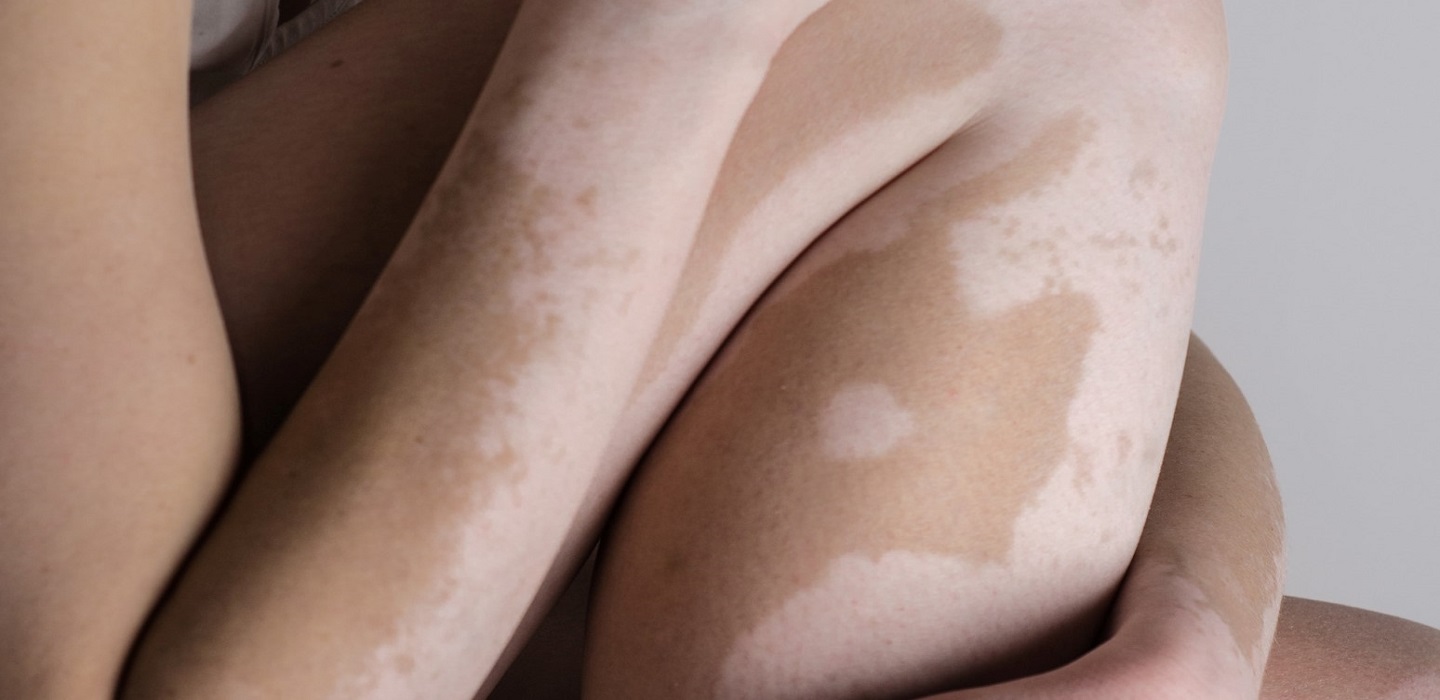Vitiligo is a medical condition in which skin starts to lose its pigment, and lighter pigmented patches start to appear all over the body. It a long term skin condition, and these are the characteristic of this condition. How fast vitiligo can spread is unpredicted, and it can appear at any part of the body. It can even affect the hair growing from the affected spot, and they can also lose their color.
The healthy pigment of human skin depends on the melanin count, and in the case when the melanin starts to die, or their function becomes slow, it can trigger vitiligo. So what is melanin? Melanin is a pigment of the skin, and the color of skin, hair, and eyes are depending on it.
Studies show that melanin helps skin to protect from harmful UV rays. Also, studies show that people with darker skin have a low chance of having skin cancer. It is because an increase in the count of melanin can reduce and block the processes that can lead to skin cancer. In the case of vitiligo, the melanin drops, and the pigment of the area starts to lighten. And if the drop continues, it can spread throughout the body.
The Most Common Symptoms of Vitiligo
- The appearance of patches which are lighter in color
- Early whitening of hair on scalp, beard, eyebrows, and eyelashes
- Tissues inside the mouth and nose will start to lose their color
- The color of the inner layer of the eyeball will change, or the pigment will be lost
Although many symptoms can indicate vitiligo, the patchy white skin is still the most common and notable of them all. Some people experience itchiness before the patches occur.
Several causes can trigger vitiligo, and for a long time, people have different hypotheses regarding it as we have seen that it can appear due to loss of melanin. Any change in the immune system can also cause this disease. Studies show that vitiligo can also be a genetic disorder, and it can be transferred from parent to offspring. In some cases, the environmental factor has also come up as the cause.
The Diagnosis Procedure for Vitiligo
In the early stage of diagnosis, the consulting doctor will look into the medical history of the patent. There are conditions like dermatitis and psoriasis that can be mistaken for vitiligo in the early stages, and after the examination of the medical history, they can be ruled out.
If the doctor deduces that the condition is indeed vitiligo, they will need a unique lamp. For the identification and determination of the disease, ultraviolet light can be used. Due to the influence of the ultraviolet light, the skin affected by bacteria, fungi, and any change in skin pigment will highlight.
In some cases, a skin biopsy has also been performed for the identification and determination of the disease. In this process, a small sample of the affected skin is being taken out and then sent to the laboratory. In there, that sample gets tested for any signs that can identify as vitiligo.
Possible Treatments for Vitiligo
Vitiligo cant is treated completely, but various treatments can contain and reduce it. Some of the most common procedures are-
- Medication for Immune System
As we have seen, vitiligo occurs due to a reduction in melanin, and this can happen due to a weak immune system. In the early stage of vitiligo, the treatment is focused on strengthening the immune system.
- Phototherapy Treatment
Phototherapy treatment is a process in which a light of specific wavelength is used to treat the skin condition. This light can be polarized light, laser, or fluorescent depending on the state and treatment of the affected area. Although phototherapy treatment is relatively fast and effective. It is considered as the last resort for treating vitiligo. This is because the excess exposure during a phototherapy session can lead to skin conditions like skin cancer.
Other Complications Which can Appear Due to Vitiligo
- Skin Cancer
As we have seen that a person with low melanin count has a high chance of skin cancer. The dropping of melanin count is of the cause and after effect of vitiligo.
- Sunburn
Same as skin cancer, the chances of sunburns are also reduced due to the melanin count.
- Eye complications
A person affected with vitiligo can experience a change in the pigment of iris. Also, if the area around the eye is affected, then there can continue inflammation and irritation in the eyes.
NB UVB
Dermatologists all over the globe use NB UVB phototherapy for treating vitiligo. This process of vitiligo treatment is done using a full-body cabinet, which has lights installed in it. The patient needs to spend a predetermined time in that cabinet where he gets exposed to the light. This exposure affects the immune system of the body and helps in faster production of melanin.
So, even though vitiligo can be disturbing, and it can affect one’s morals, it can be contained and treated with the right procedure. If you doubt that, you may have this condition consult a dermatologist now.

